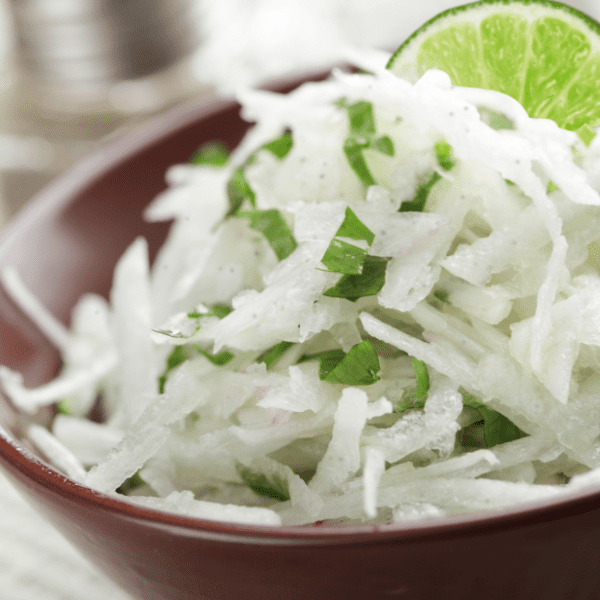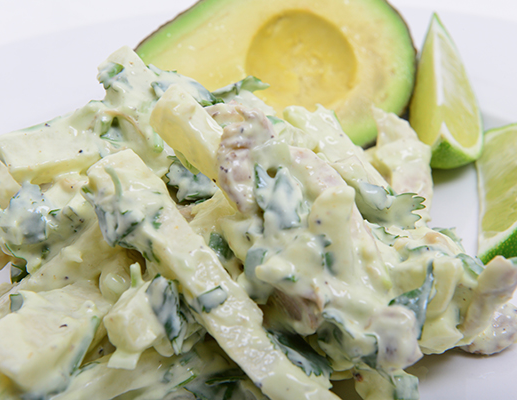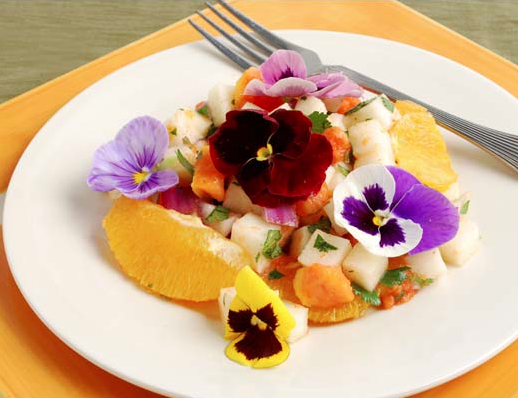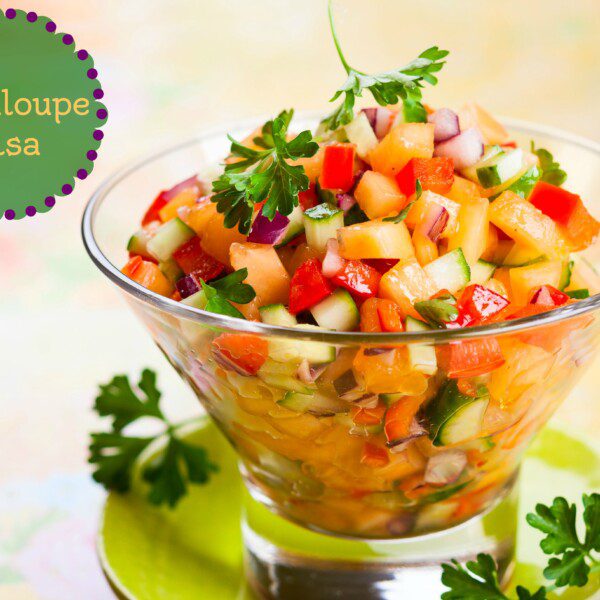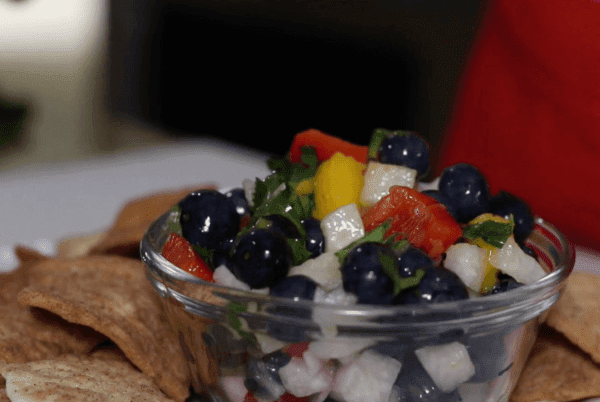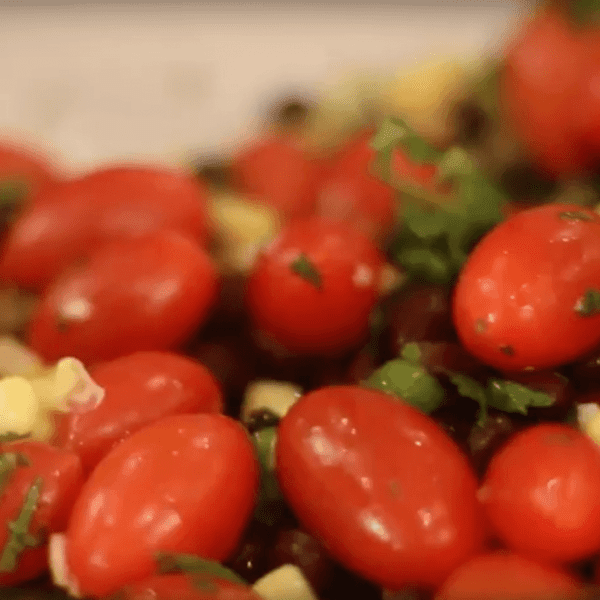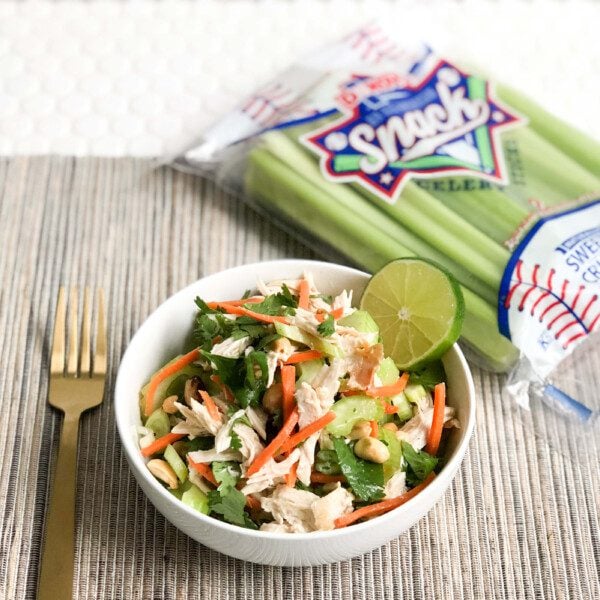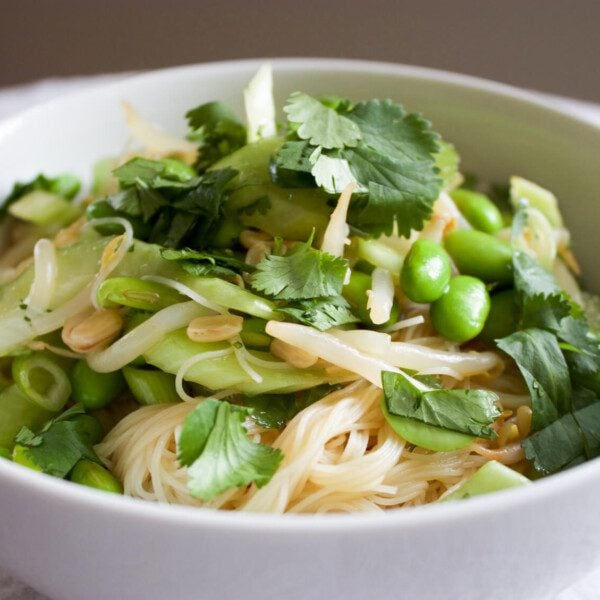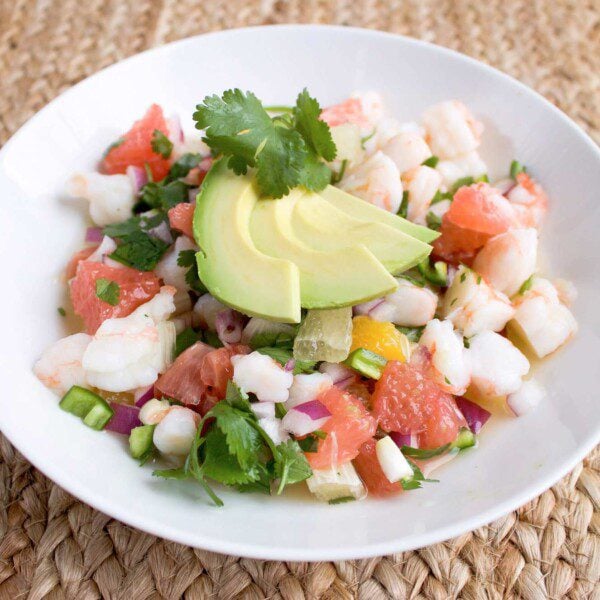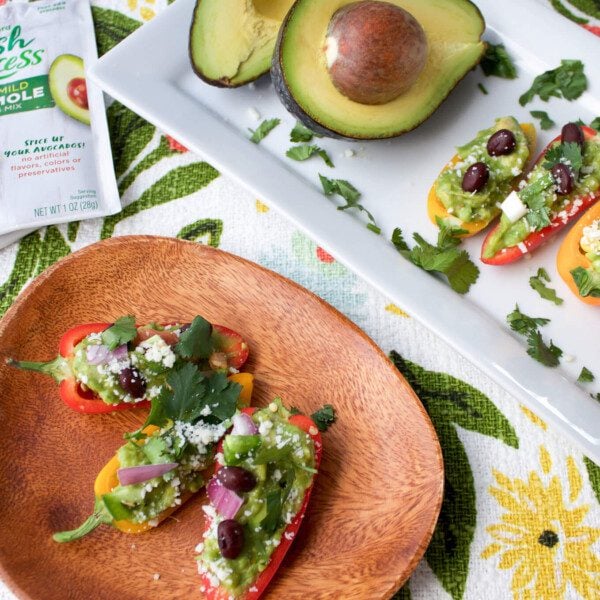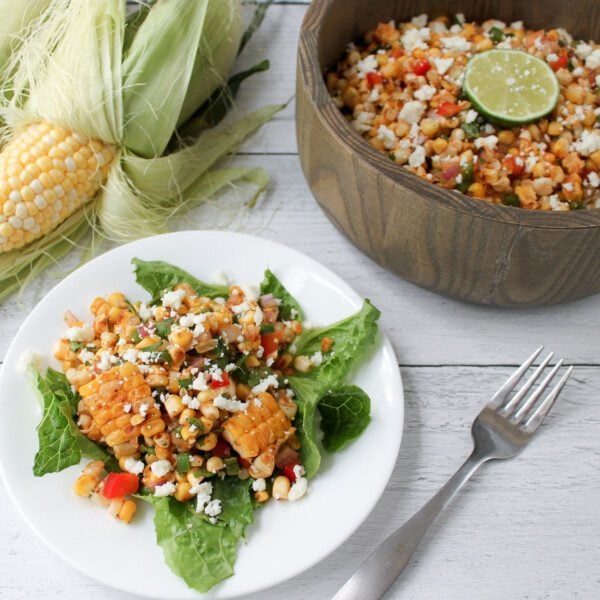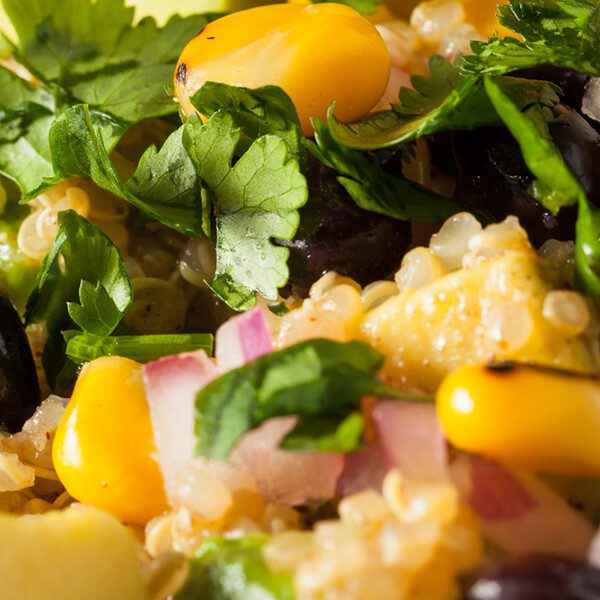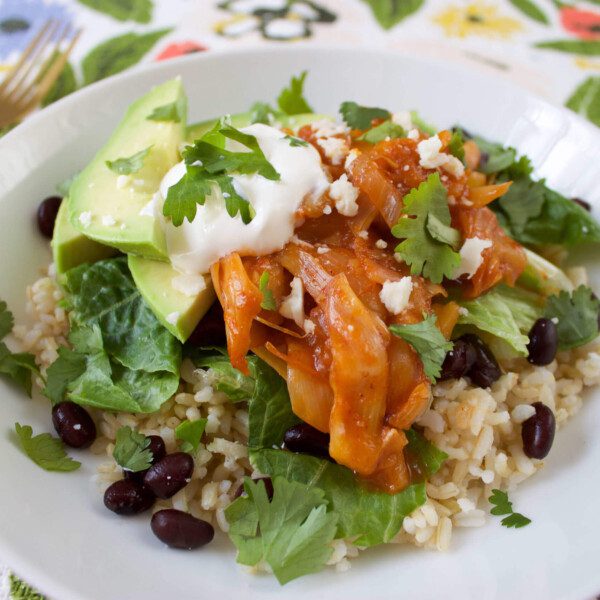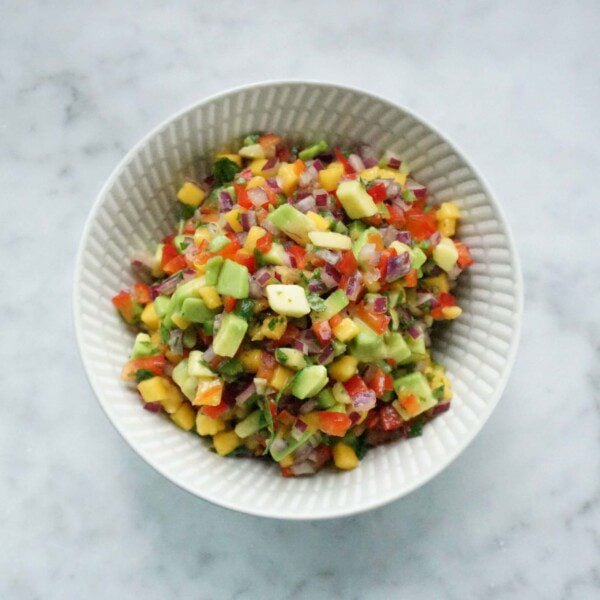How to Select Cilantro
- Select bunches of cilantro that have bright green leaves and a fragrant aroma.
- Avoid cilantro that is wilting or slimy.
When is Cilantro in Season?
Cilantro is typically in season from late spring to early fall. The peak season for cilantro is from May to September. However, cilantro is available year-round in many places because of modernized agriculture. You want to pick cilantro with fresh green leaves free from brown or yellow spots and have a strong, fresh aroma. Avoid wilted or yellow cilantro, as it is likely past its prime.
Varieties of Cilantro
Mexico is the largest cilantro exporter, and some varieties’ availability may vary depending on your location. Here are the best varieties of cilantro that you’ll find at the grocery store:
- Slow-bolting cilantro: Known for its slow bolting, meaning it will produce leaves for a longer time before going to seed, it has a strong, fresh aroma and is used in various dishes.
- Calypso cilantro: This variety is known for its high tolerance to heat and humidity. It has a strong, citrus flavor that compliments fresh salads and dishes.
- Santo cilantro: This variety is known for its high yield and heat tolerance. It grows slow and steady and has a strong, sharp scent.
- Leisure cilantro: Another slow-bolting variety, leisure cilantro grows well in containers. It tastes very similar to santo cilantro.
- Confetti cilantro: This variety is known for its unique, colorful leaves (green and white) and milder flavor. It is used as a garnish or as an accent in salads.
Cilantro Nutrition Facts & Benefits
A nutrient-rich vegetable, cilantro has many health benefits:
Nutritional Facts
Serving size: 1/4 cup cilantro leaves
Approximate 1 calories
- 0.3 grams of fat
- 0.1 grams of protein
- 0.2 grams of carbohydrates
- 0 grams of natural sugar
- 0.1 grams of fiber
Cilantro is loaded with Vitamin K, Vitamin A, Vitamin C, and folate. It also contains small amounts of other vital nutrients and vitamins.
Health Benefits
A few main health benefits of cilantro:
- Cilantro has antioxidants and phytochemicals that promote cardiovascular health.
- Cilantro may improve cognitive function and may help with managing Alzheimer’s disease.
- Cilantro has therapeutic properties, reducing anger and stress.
How to Store Cilantro
How To Store Cilantro: If your cilantro bunch has a rubber band around it, remove it immediately upon purchasing. Then, snip off about two inches of the cilantro stems. Place the cilantro, stem down, in a glass jar with a few inches of water. Cover the jar loosely with a plastic bag and place it in the refrigerator. Change the water every other day.
How To Freeze Cilantro: Place chopped cilantro in an ice cube tray and fill each section with olive oil or water. Freeze. Once the cubes are frozen through, you can transfer them to an airtight container or freezer bag. When you are ready to use, place the cube in a bowl or pan and let it melt.
How to Prepare Cilantro
These are our favorite prep methods for cilantro:
- Raw: Eating cilantro raw is a great way to enjoy its fresh, bright flavor and aroma. Simply wash and chop the cilantro and add it to your favorite dish.
- Cooked: Cilantro is a common ingredient in many dishes, and it can be added to soups, stews, curries, and stir-fries. You should add it at the end of the cooking time to preserve its flavor.
- Pesto: Cilantro can be used to make a unique and flavorful pesto. Simply blend cilantro leaves, garlic, olive oil, nuts, and cheese to make a delicious sauce that can be used on pasta or dip.
- Marinated: Cilantro is a great herb to use in marinades. You can combined with other ingredients like lime juice, garlic, and oil. Let the food marinate for at least 30 minutes or overnight for best results.
How to Serve Cilantro
Recipes
Lime Marinated Onion Salad
Recipes
Mexican Chicken Salad
Recipes
Orange And Jicama Salad
Recipes
Cantaloupe Salsa
Recipes
